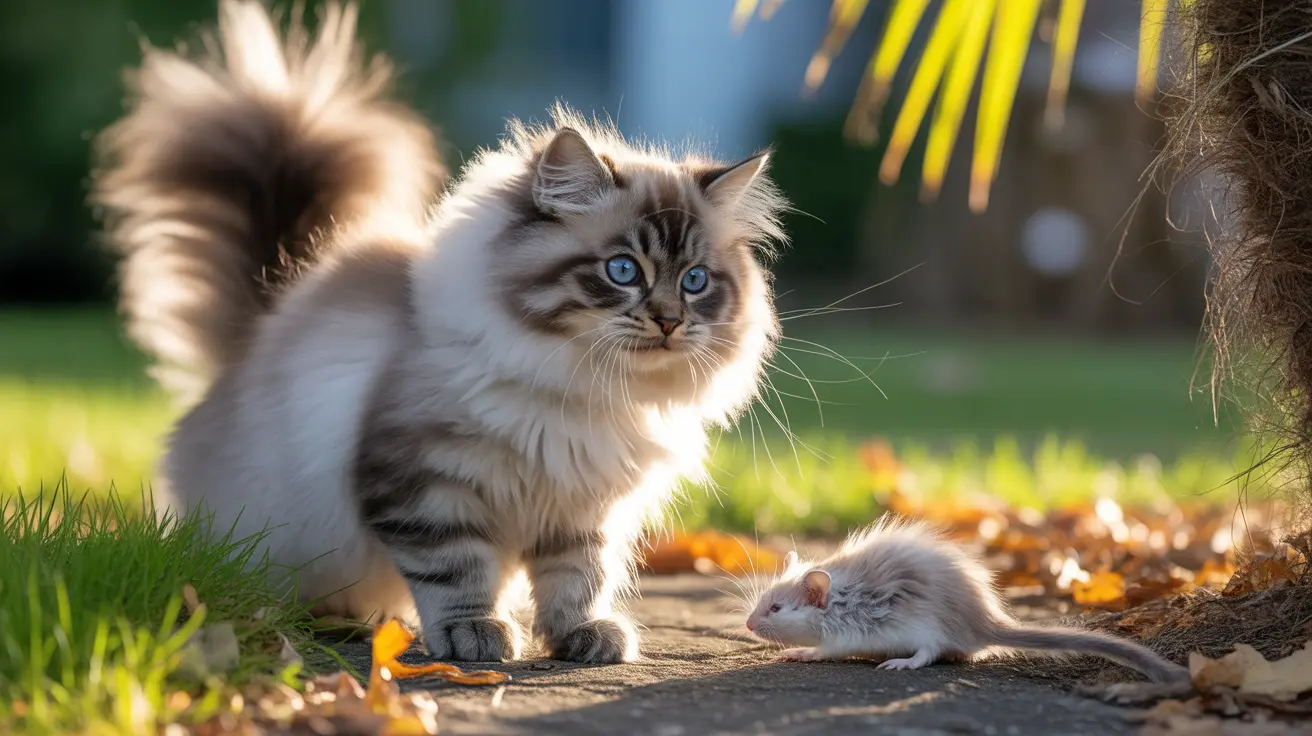Breathing new life into your cat's favorite perch doesn't have to mean buying a brand new cat tree. With some basic tools and materials, you can reupholster your existing cat tree to make it look and feel brand new. This comprehensive guide will walk you through the process step by step, helping you save money while creating a refreshed climbing paradise for your feline friend.
Whether your cat tree is showing signs of wear or you simply want to update its appearance to match your home décor, reupholstering is an economical and environmentally friendly solution. Let's explore everything you need to know to successfully tackle this DIY project.
Essential Tools and Materials
Before beginning your cat tree renovation project, gather these necessary items:
- Heavy-duty staple gun and staples
- Razor knife or box cutter
- Pliers and nail puller
- Work gloves and safety glasses
- Measuring tape and scissors
- Strong adhesive (Gorilla Glue or hot glue)
- New carpet, sisal rope, or fabric
- Batting or foam padding (optional)
Preparing Your Cat Tree for Reupholstering
Proper preparation is crucial for achieving professional-looking results:
- Thoroughly inspect the frame for damage
- Clean the tree completely, removing all dirt and debris
- Take photos to remember the original assembly
- If possible, disassemble the tree into manageable sections
- Remove all old covering materials carefully
Choosing the Right Materials
Select materials that will withstand your cat's activities while providing comfort and enrichment:
- Sisal rope (3/8 inch) for scratching posts
- Short-pile carpet without loops for platforms
- Durable upholstery fabric for sleeping areas
- High-quality foam or batting for cushioning
Step-by-Step Reupholstering Process
Recovering the Posts
Start with the vertical scratching posts:
- Remove old sisal rope or carpet
- Clean and sand the surface if needed
- Secure new sisal rope at the bottom
- Wrap tightly, applying adhesive every few inches
- Secure the end with staples and glue
Refreshing Platforms and Perches
Next, tackle the horizontal surfaces:
- Remove old covering and padding
- Add new foam or batting if desired
- Cut new carpet or fabric with adequate overlap
- Staple firmly, starting from the center
- Create neat corners by folding excess material
Reassembly and Finishing Touches
Once all components are recovered:
- Carefully reassemble the tree
- Double-check all hardware connections
- Trim any excess material
- Inspect for exposed staples or sharp edges
- Add any decorative elements or toys
Frequently Asked Questions
How do I reupholster a cat tree to make it more comfortable for my cat?
Add new padding to platforms and perches, use soft, plush materials for sleeping areas, and ensure scratching surfaces are tightly wrapped with fresh sisal rope.
What are the best materials to use when reupholstering a cat tree for durability and safety?
Natural sisal rope for scratching posts, short-pile carpet without loops for platforms, and durable upholstery fabric for perches are the most reliable materials.
Can I reuse old carpet or fabric from my cat tree, or is it better to replace it entirely?
It's generally best to replace all covering materials for the best results, but you can reuse sections that are still in good condition and haven't been heavily used.
How can I ensure my cat tree remains stable after reupholstering it?
Check and tighten all hardware during reassembly, ensure the base is level, and consider adding additional support brackets if needed.
What are some eco-friendly and cost-effective ways to reupholster a cat tree?
Use carpet remnants, repurpose old furniture fabric, and check local hardware stores for discounted materials. Consider using natural, sustainable materials like hemp rope or organic cotton fabrics.
With proper tools, materials, and attention to detail, you can successfully reupholster your cat tree and create a refreshed climbing and scratching paradise that your feline friend will enjoy for years to come.






